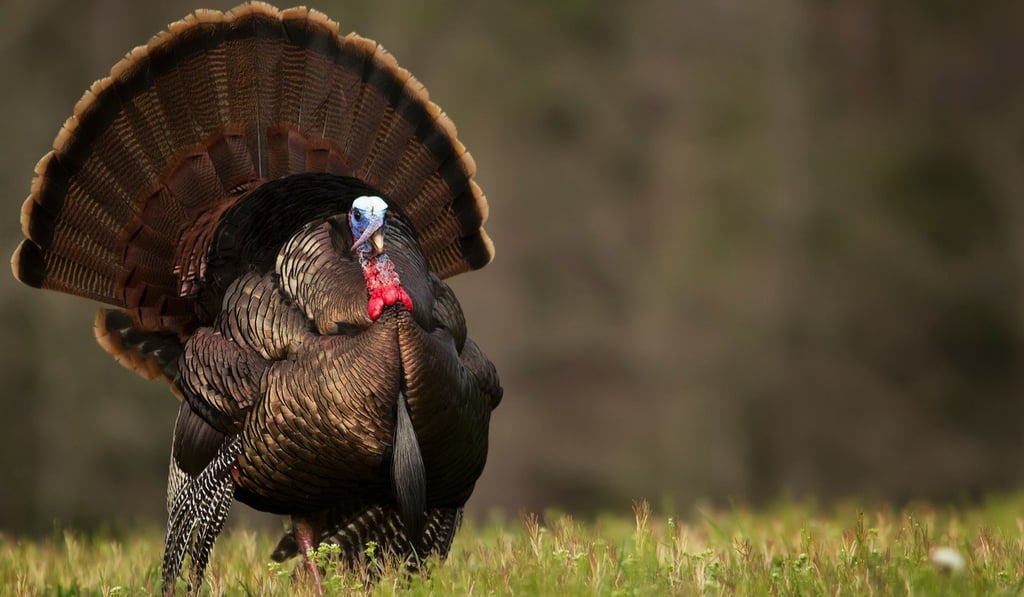Thanksgiving turkey trot: before refrigerators, turkeys were marched to market
- Once upon a time, your Thanksgiving turkey took a very long walk to get to your table
- The practice began in England in the mid-17th century

In the days before refrigeration, livestock trucks and a highway transport system that criss-crossed America, the only way to get turkeys to market for the holidays was to march the birds, like condemned men, to the nearest slaughterhouse.
These long journeys were called turkey drives, similar to the cattle drives romanticised in film and literature, but without the cowboys, the Wild West myths or the threat of a stampede from 500-kilogram steers. There was no romance in driving these unruly beasts, trying to keep them from wandering off into neighbouring flocks or falling prey to coyotes and other predators.
“As impractical as they may sound today, turkey drives were a common sense solution to a major problem: how to get the surplus of farm-raised turkeys in Vermont to the mass market of Boston,” wrote historian Mark Bushnell in Hidden History of Vermont.
“In the days before trains, slaughtering them and shipping them on ice wasn’t an option,” Bushnell continues. “So, the turkeys had to arrive alive at the market. The only way to get them there en masse was to make them walk.”

Turkey drives can trace their history to England, where the first reference to the practice dates to the mid-17th century. In a footnote to his book, The Turkey: An American Story, author Andrew F. Smith unearthed a report from the Battle of Dunbar in 1650, in which an observer noted that Oliver Cromwell marched his 5,100 Scottish prisoners “like turkeys” down the road.
